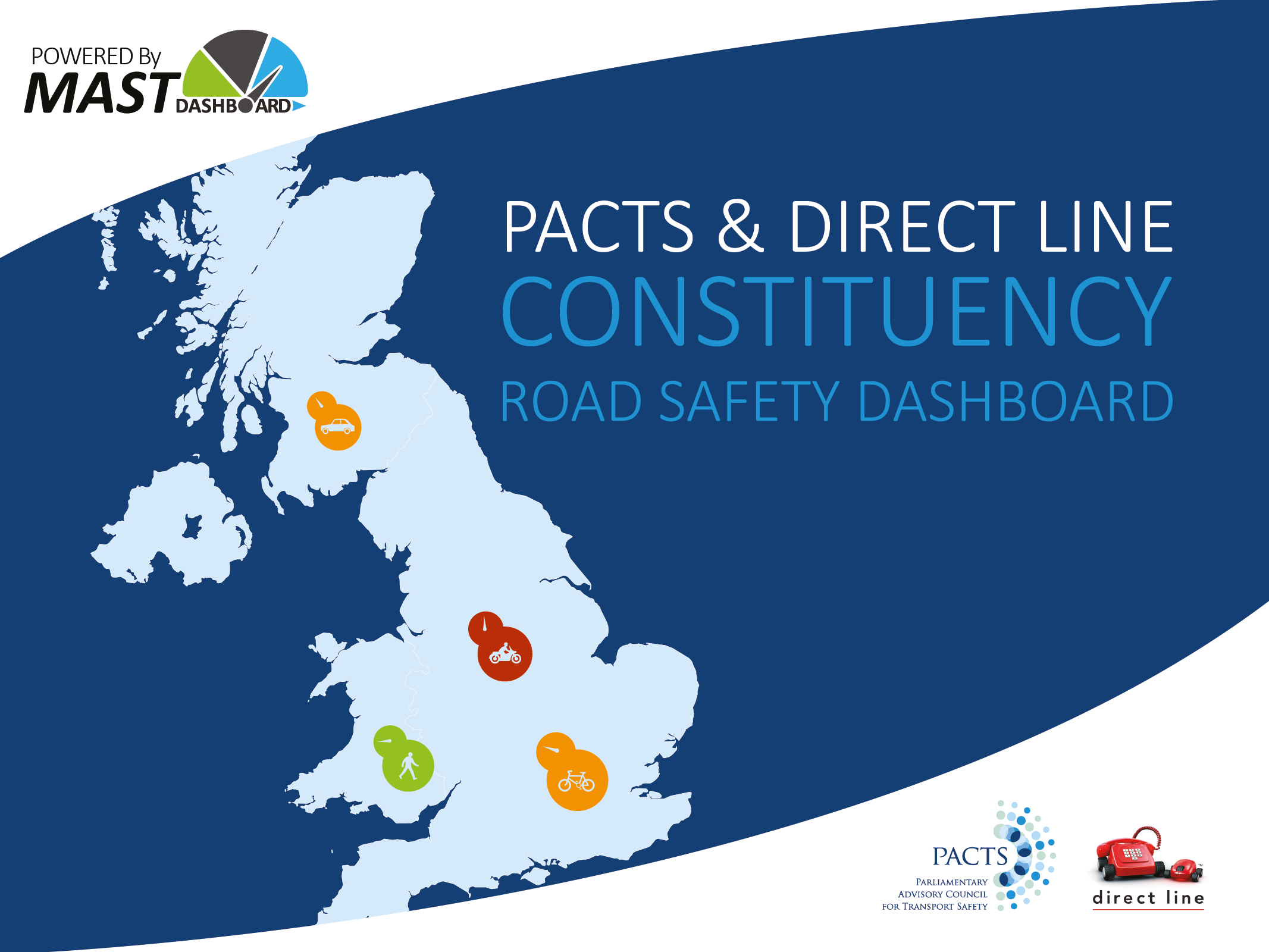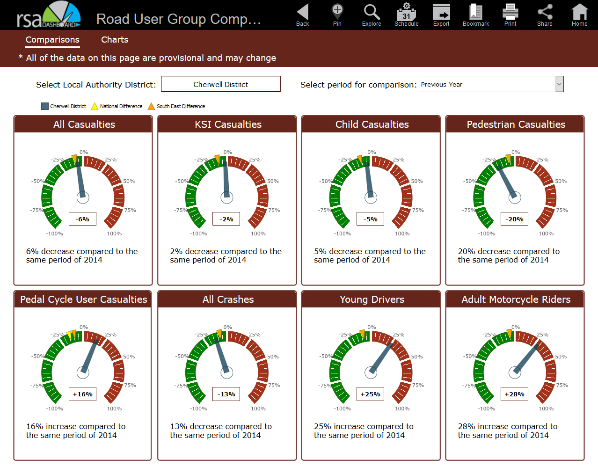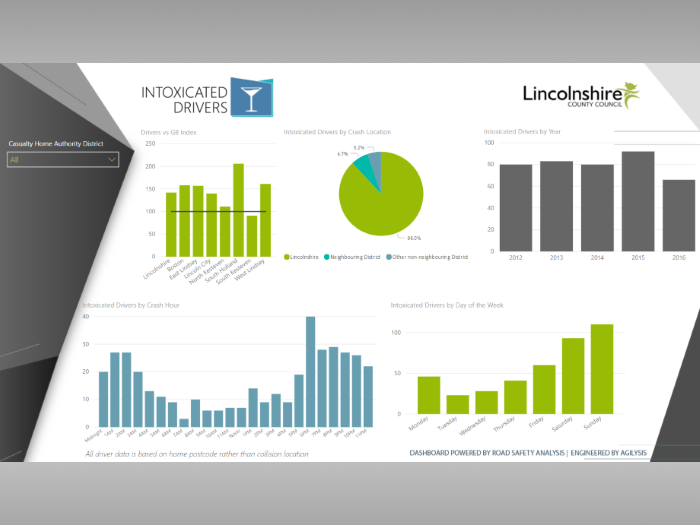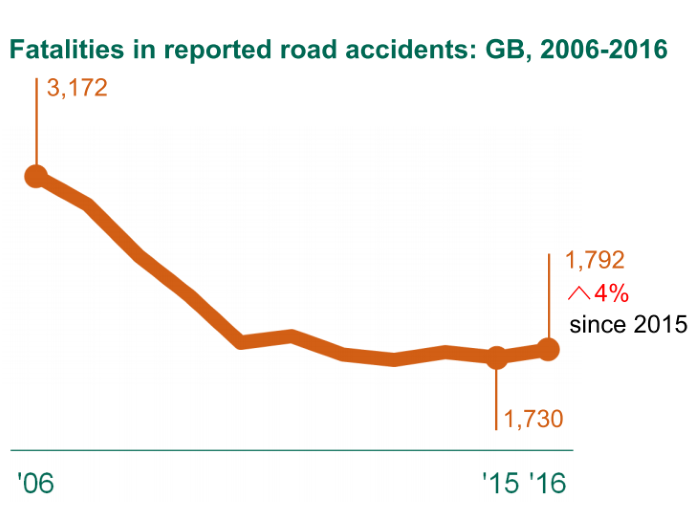
Updated Constituency Dashboard Unveiled
November 11, 2015
New ‘Provisional’ Dashboard Launched
December 11, 2015The Link Between Deprivation and Road Safety
Every few years the Office for National Statistics (ONS), the Scottish Government and the Welsh Government calculate an Index of Multiple Deprivation (IMD) for each small area (lower layer super output areas (LSOAs) in England and Wales and Data Zones in Scotland) using a range of economic, social and housing data. The latest Welsh Index of Multiple Deprivation was released in 2014 and the most recent Scottish IMD was released in 2012. In England there was a release in September 2015 but this was too late for inclusion in the latest update of MAST so the 2010 version was used.

In MAST, the England, Wales and Scotland Indices are combined to create an IMD for Britain. IMD in MAST is grouped in to deciles, which are ten groups of equal frequency ranging from the 10% most deprived areas to the 10% least deprived; vigintiles, 20 groups of equal frequency from the 5% most deprived to the 5% least deprived areas; and quartiles, 4 groups of equal frequency from the 25% most deprived to the 25% least deprived. Deciles are most commonly used in analysis projects as they allow for a good level of insight whilst tending to have enough casualties in each decile for meaningful interpretation. Each casualty can be matched to an IMD group using their home postcode, if a valid postcode has been recorded in STATS19, to match them to a small area (LSOA or Data Zone) and an IMD score.
Analysing deprivation in road safety analysis projects is useful for identifying whether certain groups of society are more at risk of being injured on the road. It can also help to build up a profile of who to aim for with your planned intervention.




As the Index of Multiple Deprivation is applied to areas of roughly equal population (LSOAs and Data Zones) it isn’t surprising that the population is almost equal across all deciles. For this reason there is little to be gained in using population to create rates and indices for analysis at national level. However, indexing by population can be beneficial when looking at individual authorities where the distribution of deprivation isn’t so even.
The chart above shows pedestrian casualties from the highway authority of Surrey between 2010 and 2014. It shows that most casualties are from the least deprived decile with only 15% of casualties from the more deprived deciles.
There are a high number of casualties from the least deprived parts of Surrey but as the index value of 82 shows this is 18% lower than expected based on the population of the least deprived areas of Surrey. Although the number of casualties from the more deprived 30% decile is low (40), these communities are over-represented as casualties at more than twice the expected level based on their population within Surrey, as shown by an index value of 217.




